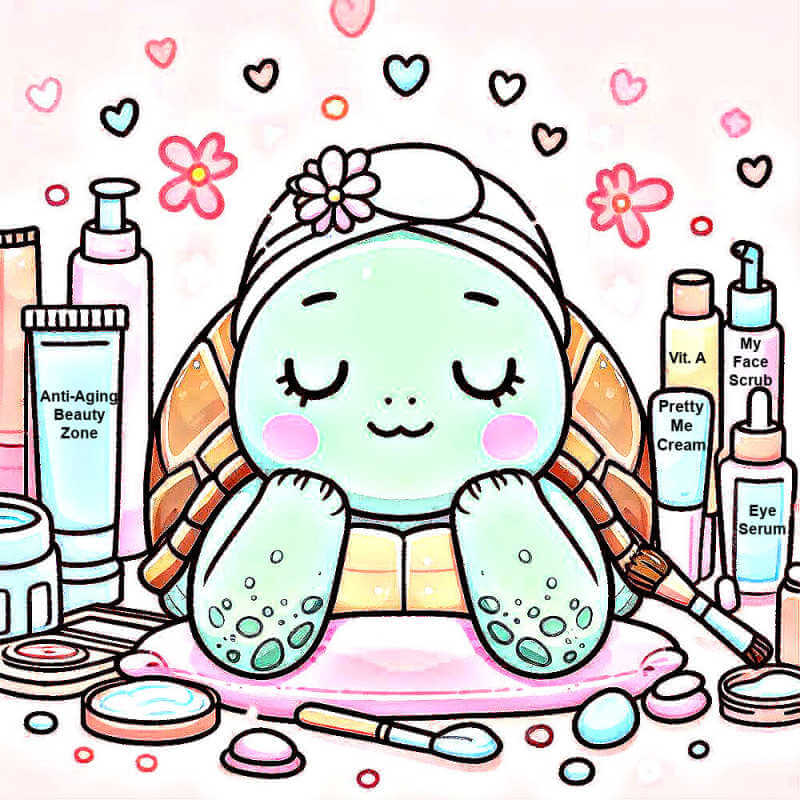As an Amazon Associate, I earn from qualifying purchases and other affiliate links. I only recommend products I’ve tried or researched.
How Soon Can You Get Botox Again? A Simple Guide to Timing Your Treatments
by: Linda Robison / Facial Fitness Specialist
Some of the biggest questions women ask after their first (or tenth!) round of Botox are:
“When can I get it again?”
“Should I wait longer?”
“Am I doing this too often?”
I get it. Timing can feel confusing — and honestly, no one wants to overdo it or waste money.
Below is the clear, quick answer plus a few real-world tips I’ve learned over the years.

Quick answer: how soon can you get Botox again?
Here’s the simple breakdown:
- Strong expression muscles: closer to 3 months
- Less movement / older skin: often around 4–5 months (some women can stretch closer to 6 months)
- Less movement / older skin: often around 3–4 months (sometimes up to 4–5 if movement is mild)
- Preventative Botox (20s–30s): usually every 12 weeks
- Deeper wrinkles: staying on a steady 3–4-month schedule helps soften lines over time
- Never earlier than your injector recommends (avoid “topping up” too soon)
Why timing matters more than people think
Botox doesn’t just “wear off.”
Your muscles slowly wake back up, and the more active they are, the faster your results fade.
If you wait too long, you basically lose the progress you made. If you go too soon, you may weaken certain facial muscles more than you intended.
The sweet spot is staying consistent without rushing.
How often I personally needed Botox (my experience)
When I first treated my frown lines, those muscles were strong… (I talk more about the pros and cons in my 10 Botox benefits + common mistakes guide.).
After that?
My muscles chilled out and I was able to go down to 2 times per year, which still keeps everything looking relaxed without feeling “frozen.” Not a good look in my opinion.
Everyone’s timing is different, but this is a good example of how your routine naturally changes over time.
Factors that change how often you may need Botox
1. Your muscle strength and movement
- Big brow raisers?
- Deep frown lines?
- Smile a lot with your eyes?
More movement = Botox wears off sooner.
2. The area being treated
Some spots fade faster:
- Eyes and crow’s feet → very expressive
- Forehead → moderate
- Frown lines → depends on how strong that 11-zone is
3. How many units you get
- More units = usually lasts longer
- Fewer units = softer look but shorter lifespan
A lot of people prefer a gentle, natural result (Baby Botox), which means you may need touch-ups a bit sooner.
If you’re curious how dosing works around the mouth area, I walk through that on my Botox lip flip units page.
4. Whether you’re new or experienced
First timers often need a quicker follow-up. Once your muscles “learn” the routine, touch-ups stretch further apart.
Should you ever get Botox sooner than 12 weeks?
Short answer: no.
Injecting too soon can:
- Increase your chance of unwanted heaviness
- Work against your natural muscle balance
- Make results less predictable
- Waste your money
If you feel like your Botox isn’t lasting, it’s usually because of movement patterns, dosage, or placement — not because you need it sooner.
How to know it’s time for your next appointment

A few easy signs:
- Your lines start forming during normal expressions
- Your resting lines look a little sharper again
- Your brows don’t feel as lifted
- Makeup is settling into areas that were previously smooth
You don’t need to rush, but you also don’t want to wait until everything fully returns to baseline.
Timing for preventative Botox
Preventative Botox is popular for women in their late 20s and 30s. Because the goal is to maintain smoothness (not correct deep lines), the rhythm is usually:
- Every 3 months if you have strong expressions
- Every 4 months if your muscles relax easily
It’s all about keeping lines from etching in the first place.
Timing for deeper wrinkles or older skin
If your lines are already etched in, don’t stretch your appointments too far apart. A steady every-3–4-month rhythm usually works best to gradually soften deeper lines over time.
Once things are smoother and your muscles aren’t working as hard, some women with lighter expression patterns can go a little longer—closer to 4–6 months.
In my case, after that first “intensive” year, I’ve been able to stretch to about every 6 months and still keep my frown lines relaxed.
Question: Does Botox last longer if I get more units?
Question: Does Botox last longer if I get more units?
Answer: Often yes — but too much can create stiffness. Balance is key.
Question: Does age affect how soon I need Botox again?
Question: Does age affect how soon I need Botox again?
Answer: A little. Stronger muscles in younger people wear Botox off faster; older skin often holds results longer.
Question: Can you build resistance to Botox?
Question: Can you build resistance to Botox?
Answer: It’s rare, but constantly treating too early can make results feel weaker. That’s why timing matters.
Question: Why did my Botox fade faster this time?
Question: Why did my Botox fade faster this time?
Answer: Stress, strong expressions, low dosing, or switching products can change longevity.
Takeaway
You don’t need rigid, complicated schedules — just a rhythm that supports your face, not works against it.
If you stay consistent (not too soon, not too late), your results tend to look:
- smoother
- softer
- and more natural
And that’s really the whole goal.
If you want help figuring out a timing pattern that fits your expression style, muscles, and goals, you can always adjust your routine as you go — just like I did.
And if you’d like to rely less on frequent injections over time, facial exercises and massage can help support smoother results between visits.
About the Author:
Linda Robison is a Facial Fitness Specialist and the founder of Anti-Aging Beauty Zone. With decades of hands-on experience, she shares practical, natural ways to lift and brighten mature skin—without expensive or invasive treatments.
Before you go ....
Please tap on the💙in the bottom right corner if you found this page helpful.
FOLLOW ME FOR MORE TIPS:
SHARE OR SAVE FOR LATER:




